What is direct carrier billing?
Direct carrier billing (DCB) is a service that allows you to make content purchases (for example, apps, games and entertainment) on a mobile device or network-connected tablet without the need to enter your bank details. It is also known as ‘premium direct billing’, ‘direct operator billing’ or ‘direct account billing’.
These types of purchases are charged directly to your mobile account and displayed under ‘content charges’ or ‘third-party purchases’ on your bill. Additional information about the purchase date, time, cost and third party provider’s contact information should also be listed on the bill.
There are two types of content purchases, those that involve a one-off content charge (non-subscription), such as to download a game, or those that charge on an ongoing basis (subscription), such as to receive daily horoscopes.
How does the DCB service differ to other online purchases?
If you make a purchase using DCB you won’t need to enter your bank account details through the traditional payment gateway process. Instead, your mobile provider will disclose some of your personal information, including your mobile phone number, to the third-party provider selling the content, to enable that third party to provide you with the content. Your mobile provider pays the third party provider, and then charges you for the content purchase
All content charges are set by the third-party provider supplying the content, and charged to you via your mobile provider.
When you go to download a game or make a music purchase using DCB, you will be presented with the purchase terms and conditions. Read carefully as this may be in very small writing, and will explain important information, such as if you are signing up to a subscription or one-off purchase. You will then be asked to agree to the content purchase by selecting a ‘buy now’, ‘purchase now’ or ‘subscribe now’ prompt. Once selected, you should receive a text message confirming the purchase. This message should provide a description of the service, pricing, how to stop the service and a contact phone number.
Why is direct carrier billing popular?
Direct carrier billing provides a bigger payment coverage than traditional payment methods like credit cards. In countries like India, only 2% of all people have a credit card. Globally, there is only 1 credit card owner per 5 mobile phone owners. Even in mature markets with high ownership of bank cards, consumers prefer to pay with direct carrier billing due to its simplicity and security.
Better conversion rates
Direct carrier billing requires the user only to enter their phone number to make a payment. In contrast, card-based payments require the user to share their name, card number, home address etc. Due to a shorter checkout flow, merchants using both payment methods report up to 10x better conversion rates with carrier billing than with credit cards.
Smooth customer experience
Carrier billing is convenient. There is no need to sign up for any additional accounts or fill out any forms. Payments are completed in a manner of seconds and provide the best checkout experience on mobile devices, where filling out forms is tiresome.
Consumer identity is protected
Making payments with carrier billing is secure. No personal data is transmitted during the payment process so there is no need to worry about identity theft. Direct carrier billing always requires the user to confirm the payment on a physical device. This makes card-not-present type fraud impossible.
Direct carrier billing helps unbanked people purchase online content and services
In emerging markets, direct carrier billing is often the only way for users to purchase online content and services. Digital content and physical services merchants are increasingly relying on carrier billing because a growing amount of their users are located in these markets.
Some key figures:
- Users penetration in mobile games segment growth forecast: from current 24.64% to 33.06% in 2020
- Estimated global revenues for mobile gaming in 2020: $34,6 billion (+50% from now)
- Estimated direct carrier billing share on total games monetisation in 2020: from current 9% to 25%
Garri Kordes (CBO, Fortumo) said, Carrier billing accounted for approximately 5% of the global digital content spend in 2013 (sources: Business Insider & IHS). The potential for carrier billing is tremendously bigger. Imagine a situation where every phone owner in the world who doesn’t have a credit card would instead use their phone bill to make payments.
Right now there are approximately 2.7  billion people like this globally. What would then happen if a company like Uber would start accepting carrier billing in parallel with credit cards? While carrier billing is currently under-utilized as a payment method, it could grow to a $1 trillion business in the near future.
billion people like this globally. What would then happen if a company like Uber would start accepting carrier billing in parallel with credit cards? While carrier billing is currently under-utilized as a payment method, it could grow to a $1 trillion business in the near future.
DCB status in the neighboring countries of Bangladesh
India’s Department of Telecommunications allowed mobile users to purchase digital content on Apr’ 2017, like apps and e-books, by making payments from their prepaid balance and post-paid bills, up to a value of Rs 20,000. This follows a recommendation from the Watal Committee report on digital payments, which explicitly said that direct carrier billing is not permitted under current regulations, but that the RBI, TRAI and the DoT should allow Direct Carrier Billing.
The good news first:
The most significant development in this announcement is that now prepaid users can purchase apps and services using their mobile balance. Remember that though direct carrier billing had been launched earlier last year (with a deal between Idea and Google), it had subsequently been limited, via a direction from the Department of Telecom, only to postpaid consumers. Google subsequently also launched carrier billing for the Play Store with Airtel, with the same limitation. Over 95% of India’s user base is prepaid: the first put money into their mobile account, and then use it for purchases. This development will allow apps creators to target more than just the 1%.
The terrible news:
The Department of Telecom (India) has also said that “Such purchase of digital content shall not be treated as pass-through revenue for the purpose of computing Adjusted Gross Revenue (AGR) for license fee and spectrum usage charge.”
Now, this is myopic and creates a massive disincentive for carrier billing.
One key reason why content creators did not want to integrate carrier billing was the additional charges that were levied on the content. Because the government taxed telecom operator revenue for license fee and “spectrum usage charge” (together called WPC charges). The Indian government takes a certain percentage (around 8-10%) of a telecom operator revenue as Adjusted Gross Revenue. Historically, these charges amounted to 12-13% in total. On top of that, telecom operators would keep their own revenue share, the aggregator (like Google Play Store would keep theirs, and the remainder would go to the content creator. In 2014, Vodafone was giving 60-70% of money to the aggregator, post taxes. To simplify (and do correct me if I’m wrong about this):
Historically, with WPC Charges, for every Rs 100 that was spent on Mobile VAS, in a best case scenario:
- For every Rs 100, the government gets Rs 13. Rest get Rs 83.
- From the Rs 83, the telecom operator keeps Rs 24.9 (30%). Rest get Rs 58.1.
- From the Rs 58.1, the aggregator keeps Rs 17.43 (30%). Content provider gets Rs 40.67
In a worst case scenario:
- For every Rs 100, the government gets Rs 13. Rest get Rs 83.
- From the Rs 83, the telecom operator keeps Rs 58.1 (70%). Rest get Rs 24.9.
- From the Rs 24.9, the aggregator keeps Rs 7.47 (30%). Content provider gets Rs 17.43
Of course, revenue shares may vary, but this indicates how for content providers, much of the revenue gets lost in transmission.
What Google and Idea had done was a best case scenario. For an app that cost Rs 100
- For every Rs 100, government got Rs 0, since this was treated as pass-through-revenue
- For Rs 100, Idea levied a 16% convenience fee. Rest got Rs 84
- On the Rs 84, Google took 30% as app store (aggregator) charges. Developer got Rs 58.8
From what we heard, the structure varied by circle, but that is unconfirmed. Still, it is a better deal than what happens when there are WPC charges. [source: Nikhil Pahwa]
The mobile operator Digi (part of Telenor Group) and the mobile payments company Fortumo launched direct carrier billing in Malaysia on Mar’ 2016, where 12 million subscribers of Digi can make online payments by charging the purchases to their mobile phone bill.
Fortumo’s direct carrier billing platform is used by leading app stores (Google Play & Windows Phone Store), digital content providers (Sony, HOOQ, Gaana, Magzter), game developers (EA Mobile and Gameloft), smartphone manufacturers (Huawei, Xiaomi) and thousands of other merchants.
Another Malaysian mobile operator U Mobile has partnered with Docomo Digital to give customers the option of purchasing Google Play Store content using direct carrier billing.
Carrier billing fills a significant gap in the online payments ecosystem in Malaysia due to an inadequate banking and credit card infrastructure. While 34% of people in the country already have a smartphone, only 20% have access to a credit card. This means a large part of the population has online access but is unable to pay for premium content.
Carrier billing resolves this issue by enabling any phone owner to make online payments. According to Fortumo’s internal data, the average revenue per paying user (ARPPU) in Malaysia is $5.4 and roughly half of all online purchases are done on mobile devices.
In Bangladesh we hope the mobile operators, BTRC and Central Bank will take initiatives to introduce DCB soon that will definitely contributes to the country’s economy and same time will help in digitization with better user penetration as well as games monitisation.
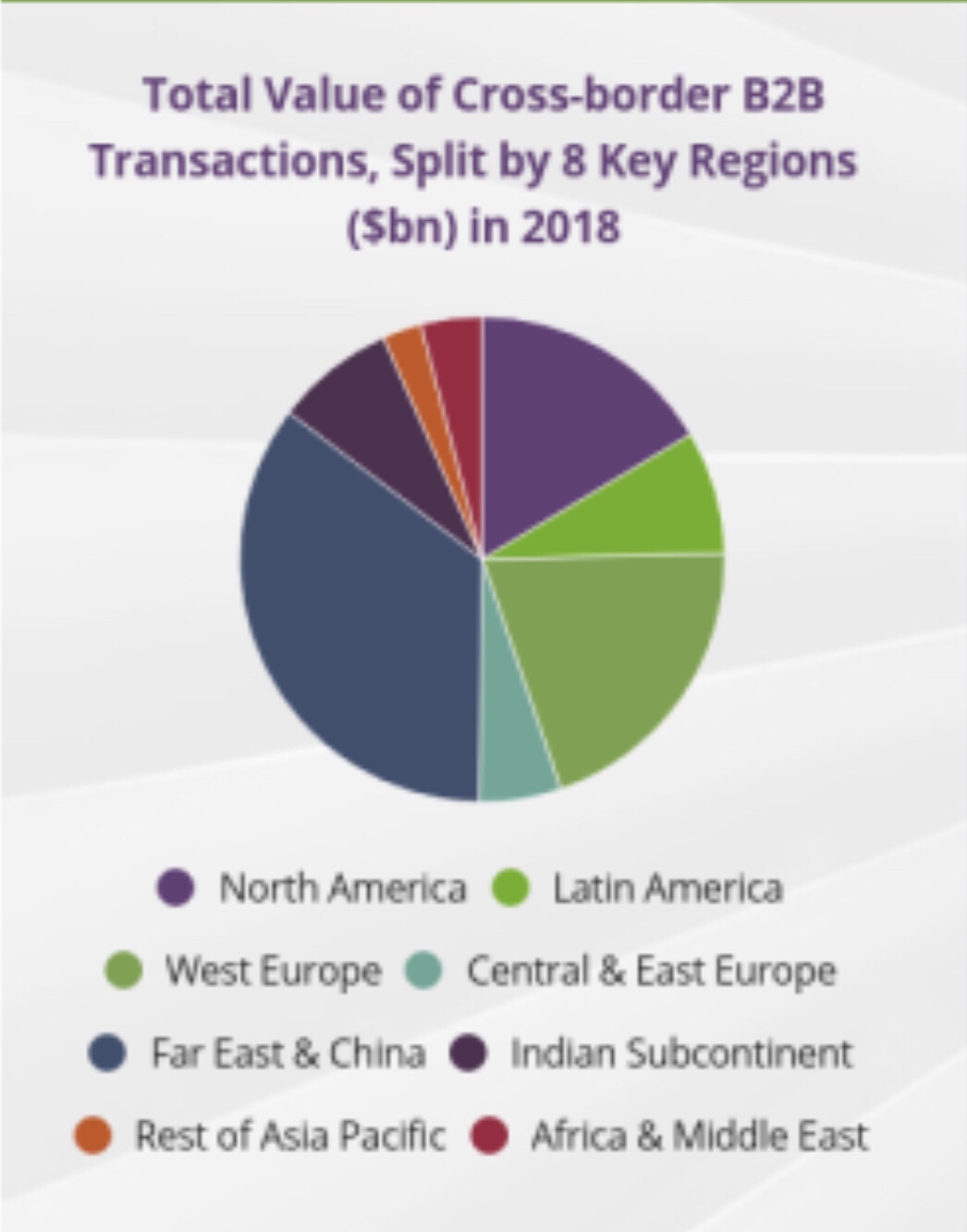





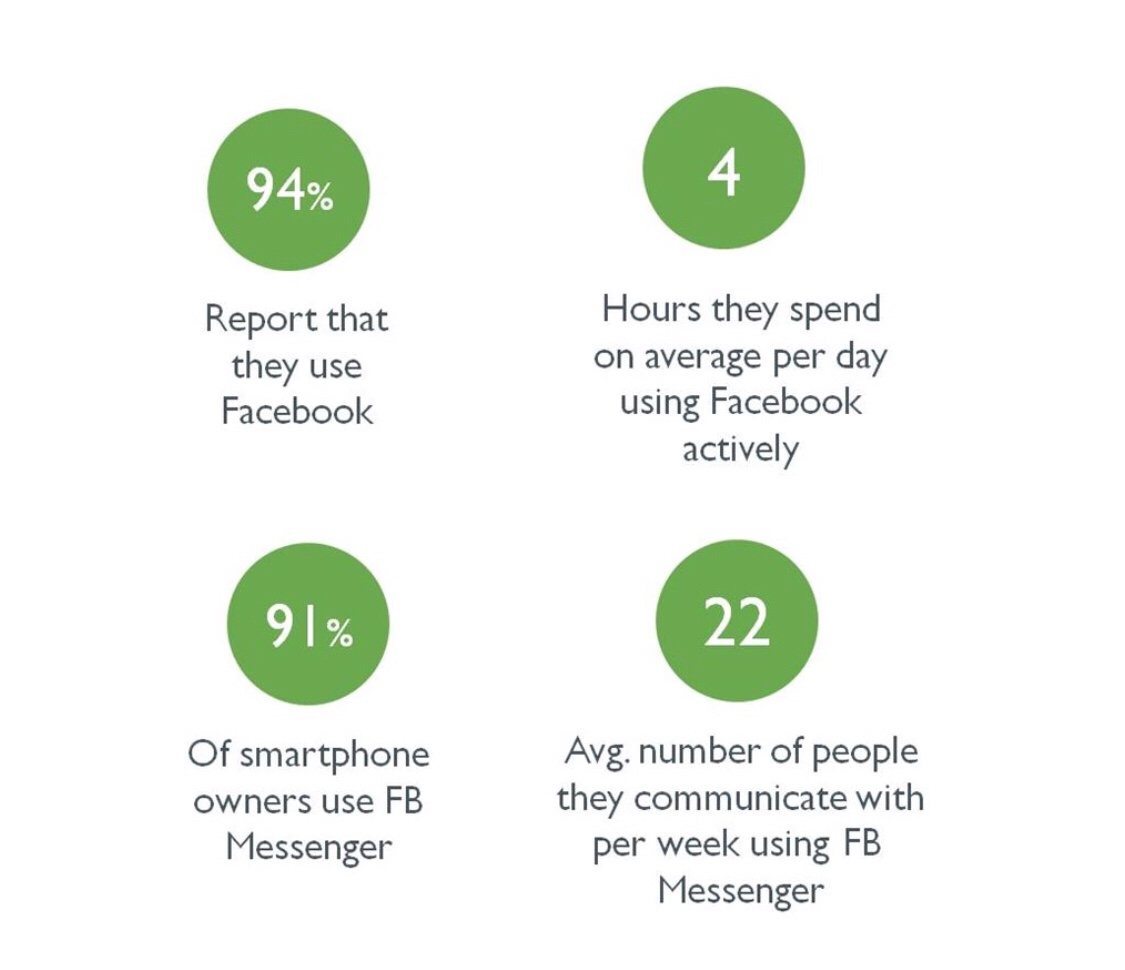
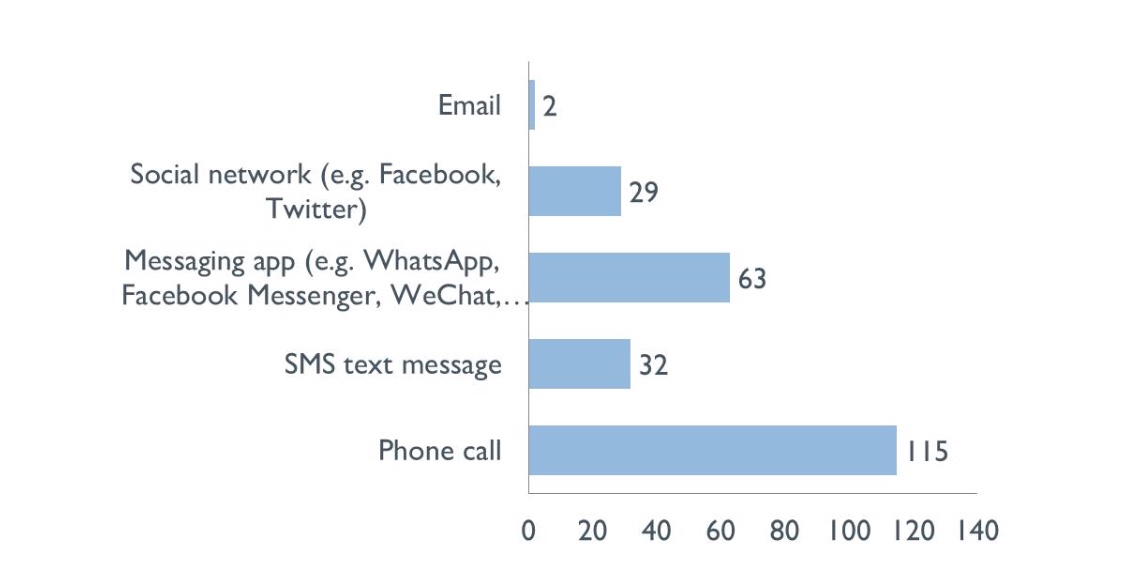





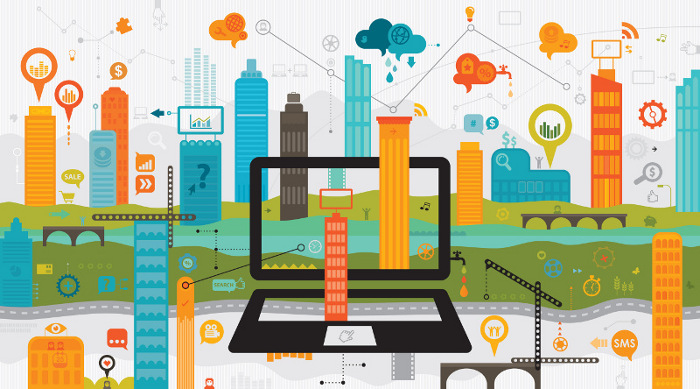 We’ve been hearing about the IoT (Internet of Things) and resulting interconnectedness of smart home technology for years. So what’s up? Why aren’t we all living in smart, connected homes by now? Part of the problem is lack of collaboration and too much competition—there are tons of individual appliances and apps on the market, but few solutions to tie everything for a seamless experience.
We’ve been hearing about the IoT (Internet of Things) and resulting interconnectedness of smart home technology for years. So what’s up? Why aren’t we all living in smart, connected homes by now? Part of the problem is lack of collaboration and too much competition—there are tons of individual appliances and apps on the market, but few solutions to tie everything for a seamless experience.
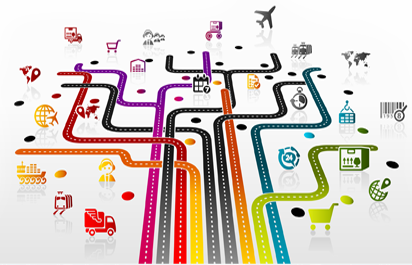


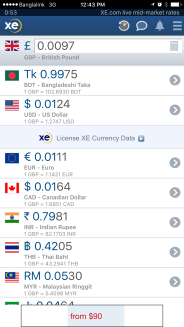
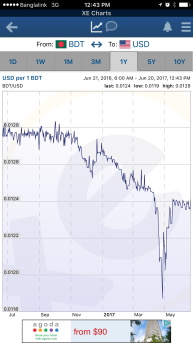





 billion people like this globally. What would then happen if a company like Uber would start accepting carrier billing in parallel with credit cards? While carrier billing is currently under-utilized as a payment method, it could grow to a $1 trillion business in the near future.
billion people like this globally. What would then happen if a company like Uber would start accepting carrier billing in parallel with credit cards? While carrier billing is currently under-utilized as a payment method, it could grow to a $1 trillion business in the near future.